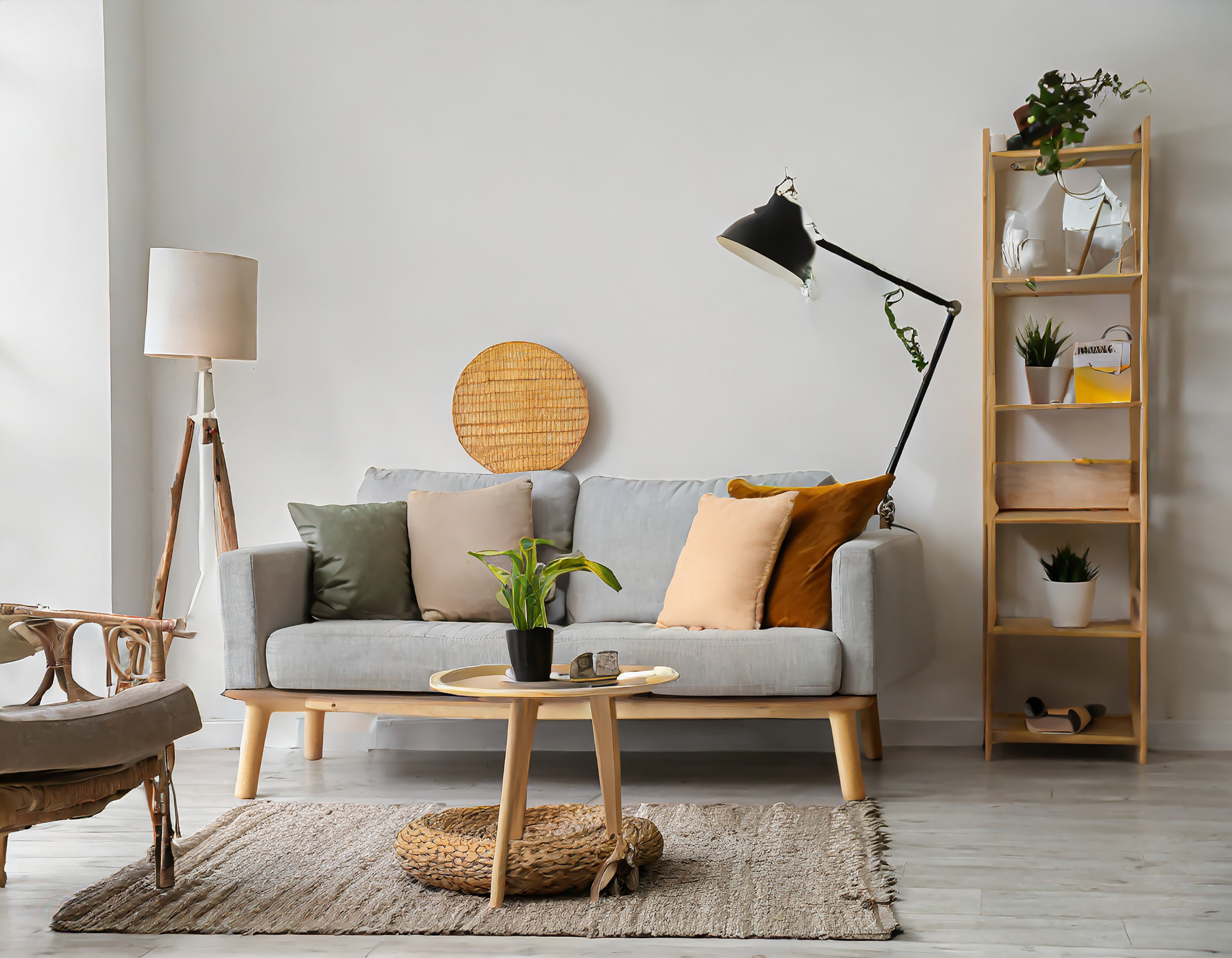

In the world of interior design, furniture plays a pivotal role in shaping the ambiance of any space. As such, furniture design is not just about creating functional items but also about embedding beauty and innovation within them. The concept of 'Transformative Elegance' in furniture design promotes a blend of graceful aesthetic appeal with clever, transformative features that can redefine spaces and the way we interact with them. This perspective on furniture design is both a response to the evolving needs of modern living and a nod to the timeless desire for beauty in our surroundings.
Transformative elegance starts with functional artistry, where the practicality of a piece is matched with an elegant design that captures the eye. Designers of such furniture create pieces that are both useful and attractive, ensuring they don’t just serve a purpose but also serve as a focal point of decor. This could manifest in the smooth lines of a sofa that invites comfort while epitomizing modern chic, or a table that balances sturdiness with a form that mimics natural elements like flowing water or the organic shapes of flora.
Key to transformative furniture is its ability to adapt to various needs and environments. Designers are increasingly focusing on multifunctional pieces that can transform spaces with minimal effort. These may include beds with built-in storage to maximize space in small apartments, expandable dining tables that accommodate varying party sizes, or modular sofas that can be rearranged to fit different room layouts. Such adaptable furniture not only exhibits elegance but also enhances the versatility of living spaces.
As technology progresses, so does its integration into furniture design. Transformative elegance also encompasses the incorporation of tech features in ways that complement a furniture piece’s beauty. This can be seen in the seamless addition of wireless charging stations into desks or nightstands, built-in speakers for entertainment systems, or even smart lighting within shelving units. This integration ensures that furniture is not just a passive element in a room but an active facilitator of convenience and lifestyle enhancement.
Modern furniture design is increasingly mindful of its environmental impact, and transformative elegance incorporates sustainability into its core. Designers are selecting eco-friendly materials such as reclaimed wood, repurposed metals, or biodegradable fabrics, not just for their reduced environmental footprint but also for their unique textures and stories. The sophistication of such furniture pieces derives from their sustainable backstory as much as from their visual and tactile qualities. It's elegance that comes with an awareness and responsibility towards the planet.
At the heart of transformative elegance is often a minimalist approach, where less is more. Designers are eschewing ornate details in favor of clean lines, simple forms, and a monochromatic or restrained color palette. This minimalism not only lends a timeless elegance to the furniture but also allows for the transformative aspects to shine without clutter or distraction. It is furniture designed not to overwhelm the space but to enhance it through deliberate design choices that echo modern living's inclination towards simplicity and openness.
Transformative elegance in furniture design represents the future of how we furnish and live in our spaces. It is an art form that acknowledges changing lifestyles, embraces technology, insists on sustainability, and yet always returns to the core principles of beauty and simplicity. In an age where the home is not just a place to live but a flexible, multi-purpose environment, furniture that combines transformative features with an elegant design ethos isn't just desirable—it's essential.